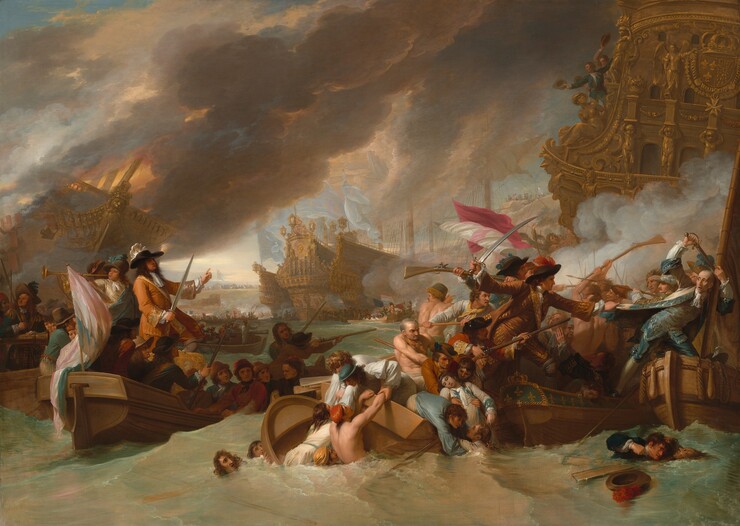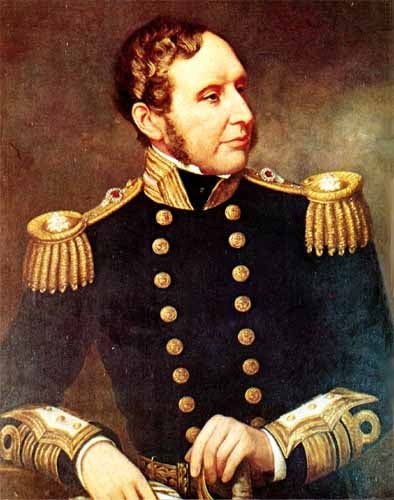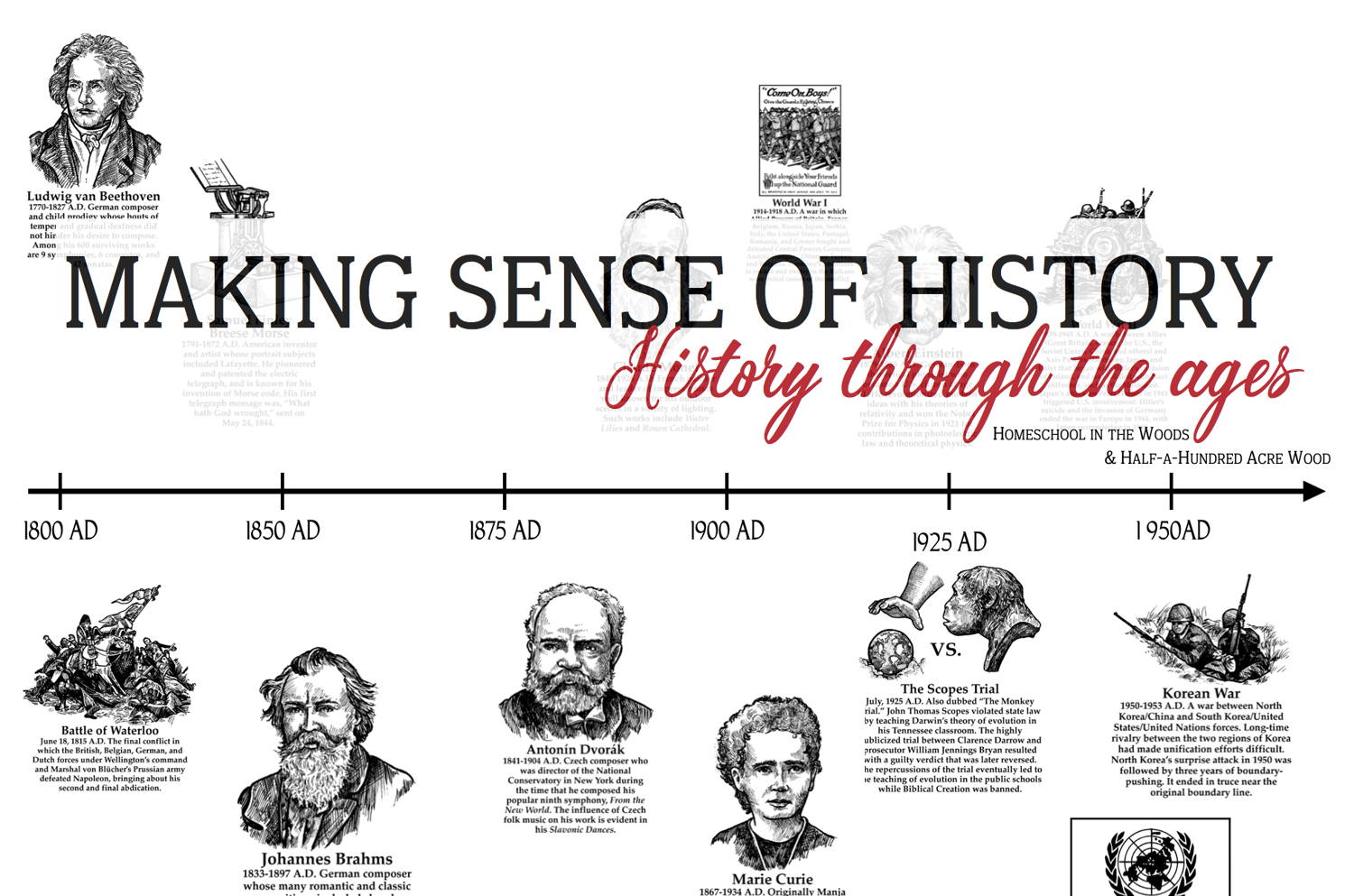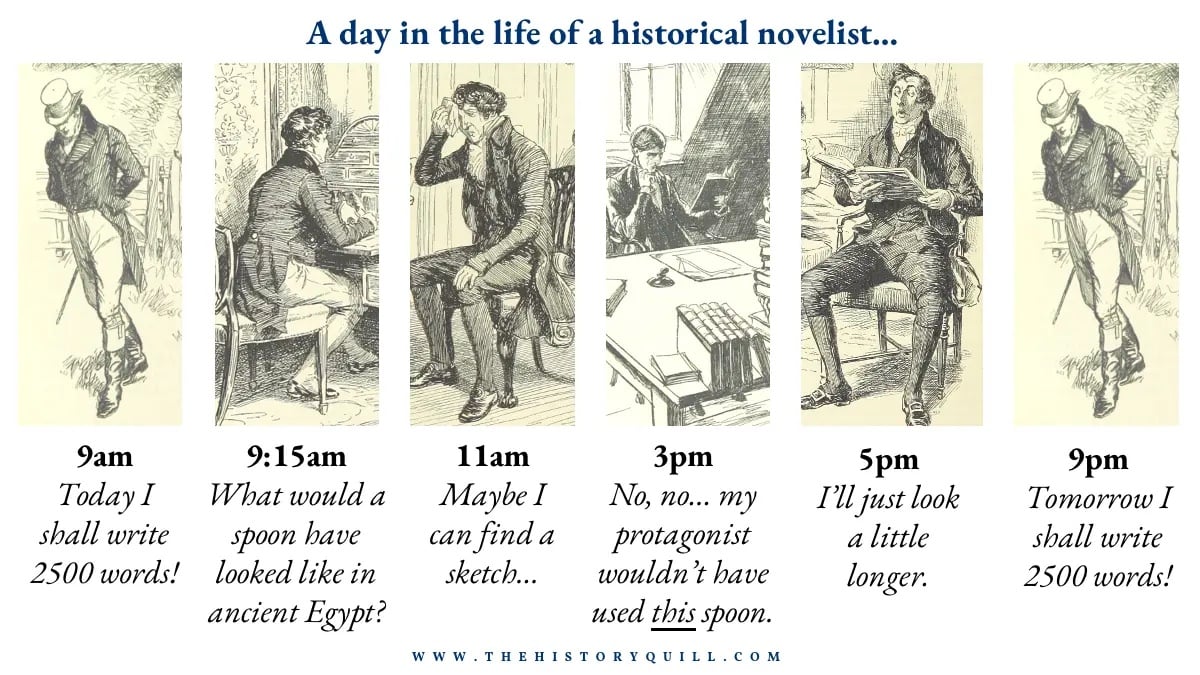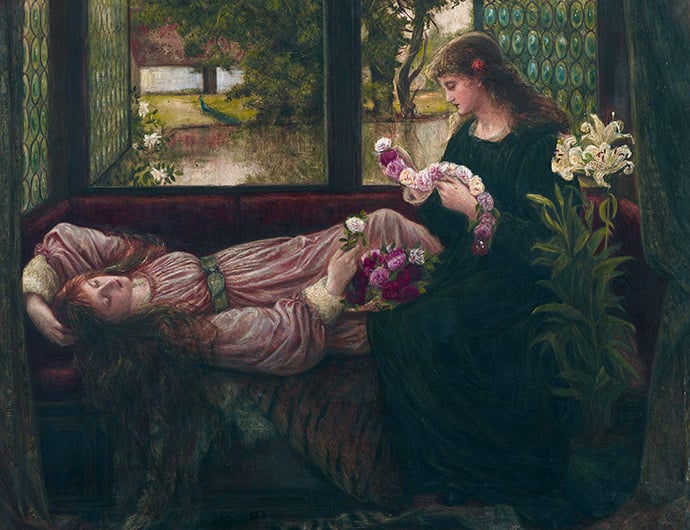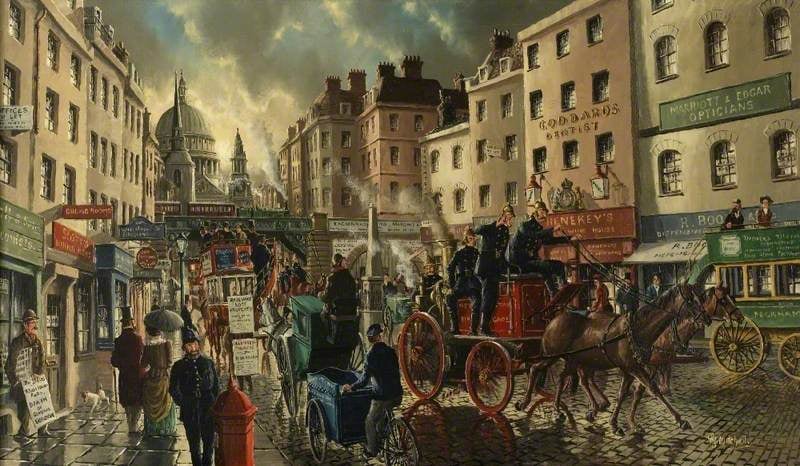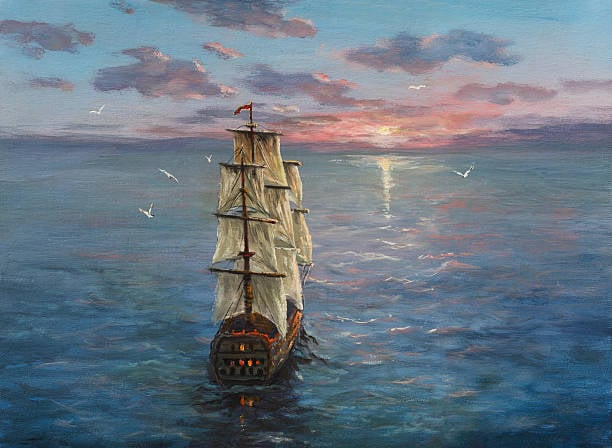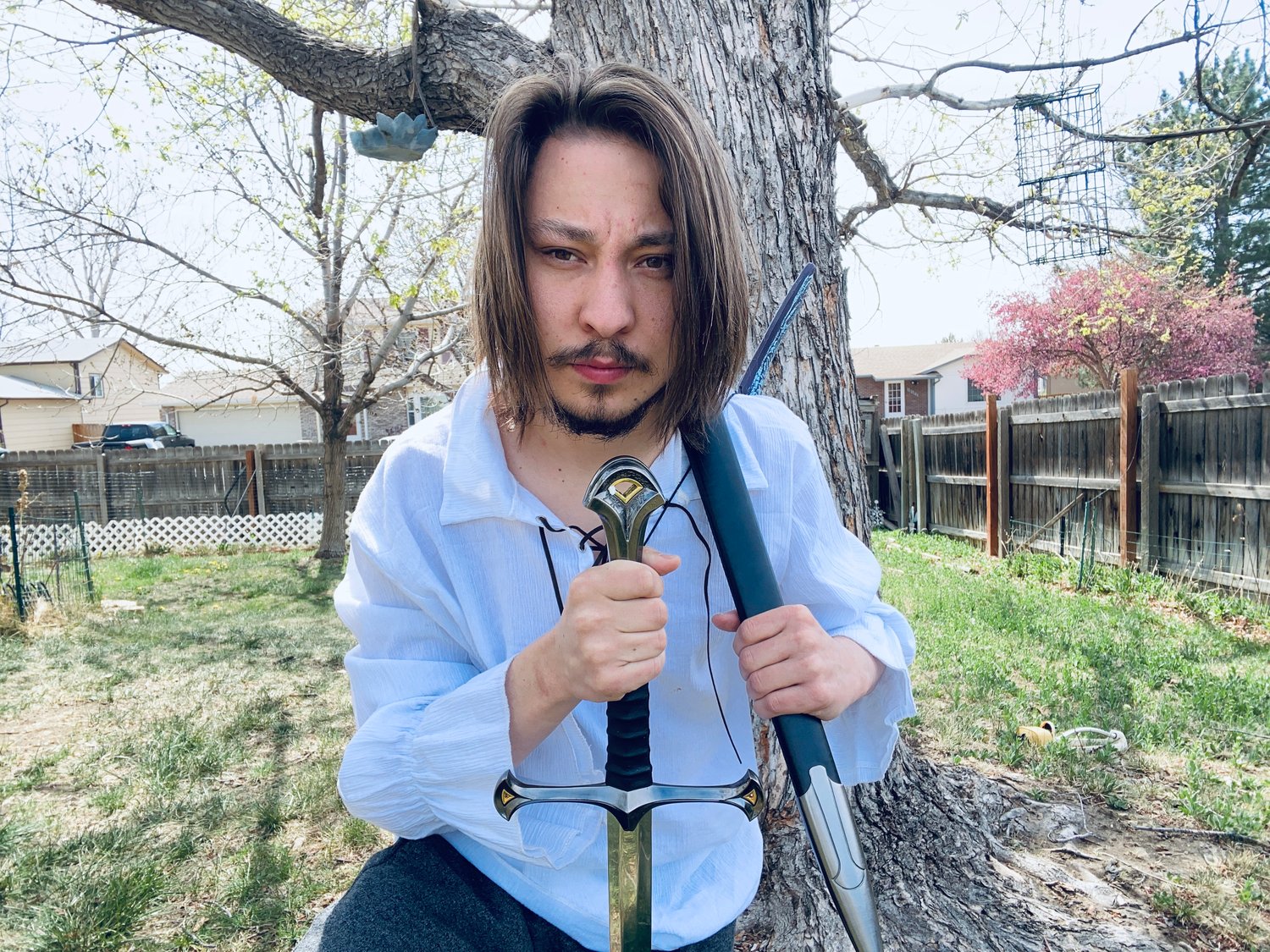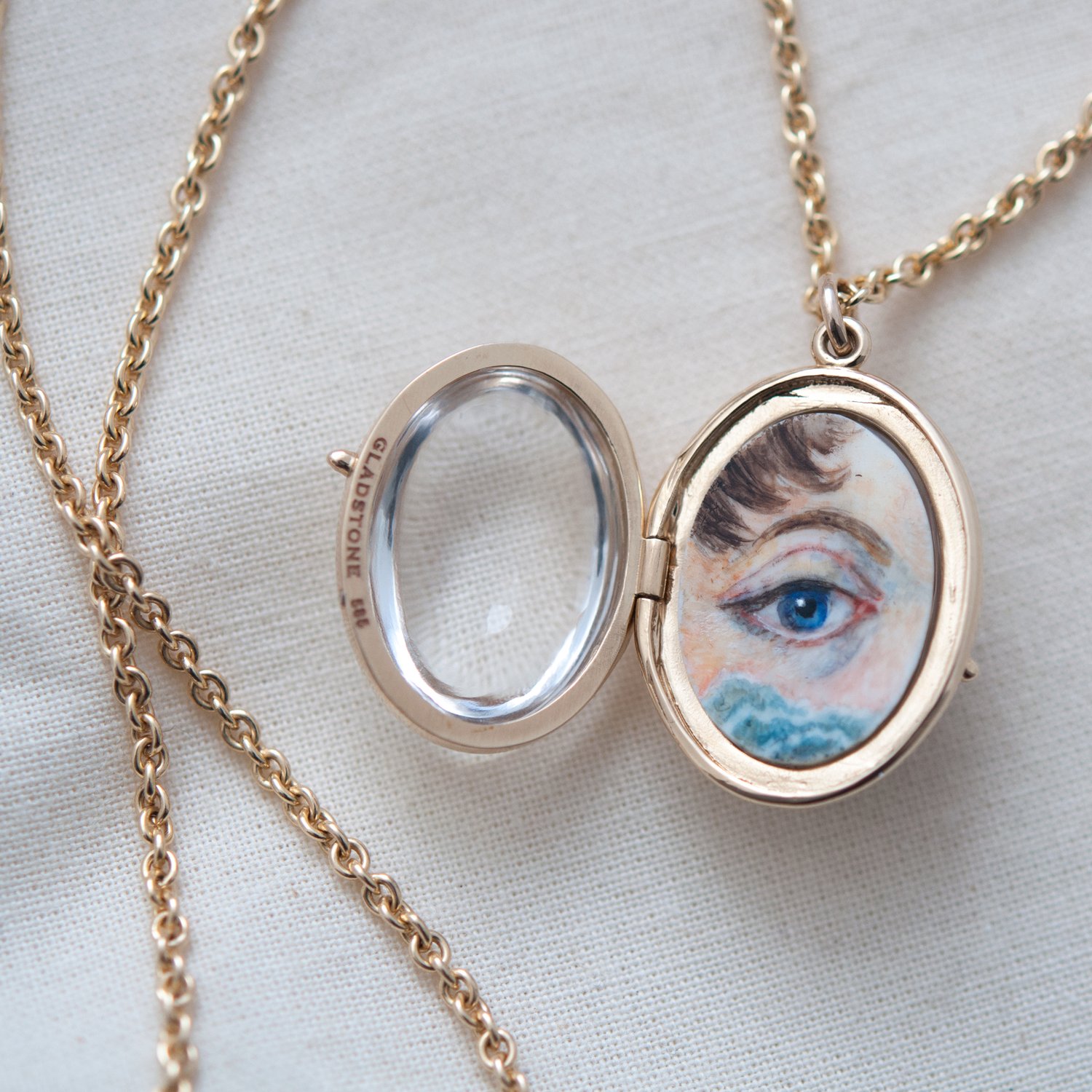Writing historical fiction can be challenging, even for a seasoned writer. You have the usual things to worry about – planning, plotting, structure, character development, etc. – but on top of that, you also have to grapple with the in-depth research and get to grips with the key considerations around historical accuracy and authenticity. For a newcomer, it can seem a bit daunting. But it needn’t be. Historical Fiction is one of the most beautiful types of genres to me. It reminds us where we descend from. That is why I love it so much! Not only is it just interesting and cool, but the things that were invented, the discoveries made, the voyages taken, the uncharted lands. Its beautiful! I specialize in historical fiction as well. Now I don't paint myself as a man who knows everything about history, but I've studied enough of it to create some amazing stories. What important events occurred and transformed the world as we know today, and the fascinating people during different eras. There is all sorts of periods, adventures, stories, and amazing locations you can explore!
